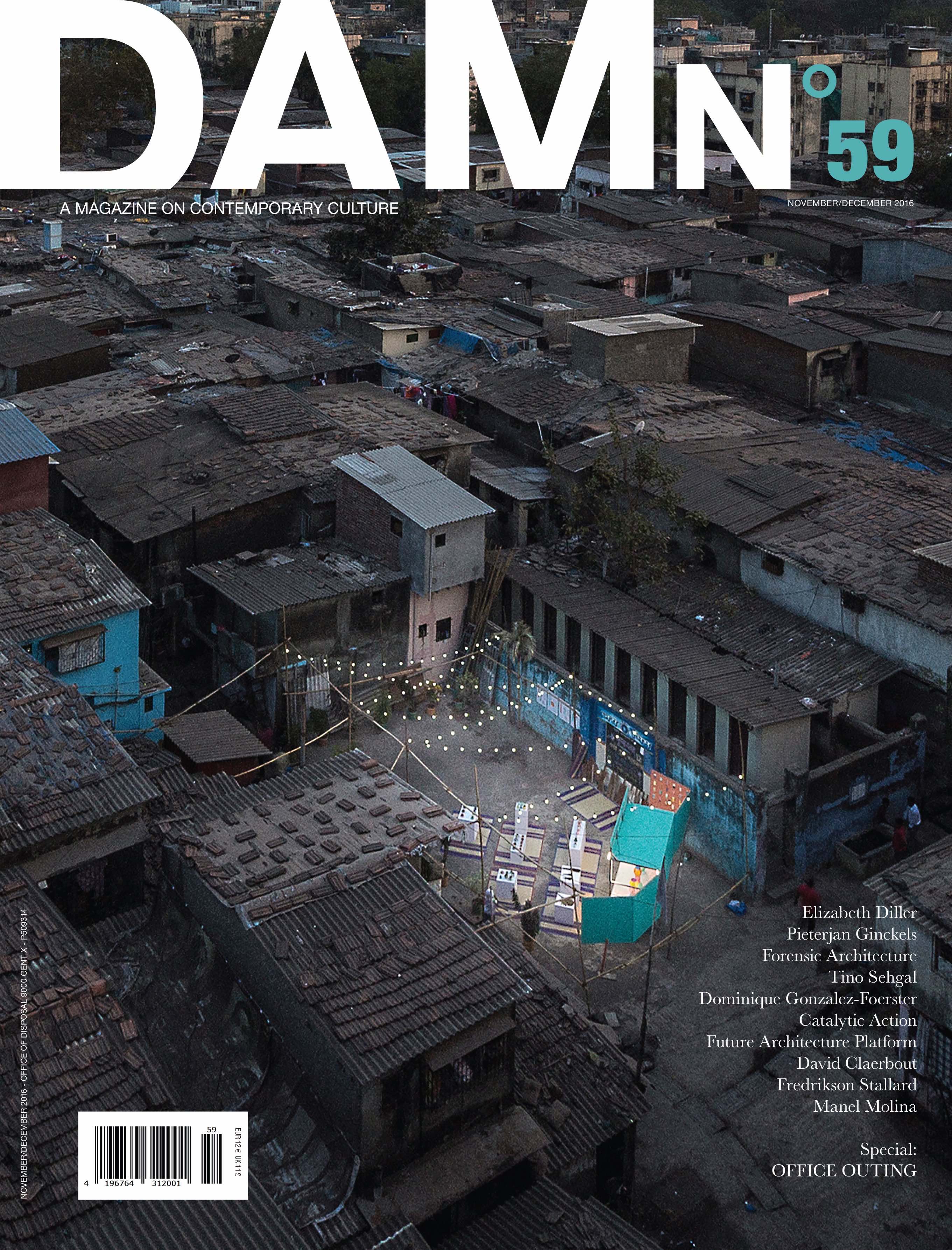The patchwork of activities we had put together ran parallel to, and sometimes slightly on top of each other. An open discussion with senior management about library strategy bumped into a felting session. School-kids attending a fixing workshop preferred watching people use the 3D printer and ‘helping’ with an installation on the staircase, to completing their particular activity. The chief librarian baked huge cakes and the kebab shop next door was kept busy. An underemployed local consulted on plans for a coffin-shaped beehive and the repair of a problem table.

The first was the openness of the local community. Sure, there was some resistance – we were tourists in their space and a number of people told us so. But many visitors accepted that the questions we were asking were interesting and would affect the future of their library – a place they value. And they recognised that we weren’t simply setting up panels and offering them the chance to make comments on post-it notes. We spent time together and made things with them and beside them. And that felt positive all round.

Once back at the consultancy, the Tingbjerg Library project inspired us to embark on an independent piece of research, looking at the different ways that makerspaces are starting to behave like cultural organisations. As the latter look to making and to makerspaces for lessons, so too are makerspaces finding vision and purpose in familiar territories – in education, in campaigning and storytelling, and even in conflict resolution. Our report, published in September, starts to describe new models and anticipates a point where there will be hybrids, where new and old needs, audiences, and programmes come together. It’s a brave fixed world we are heading towards.


 Street Pockets design workshop / The makerspace utilised an R&D format
in which a social startup company working with the Kirkens Korshær charity ran a workshop for locals and design researchers to make prototypes responding to the needs of rough sleepers.
Street Pockets design workshop / The makerspace utilised an R&D format
in which a social startup company working with the Kirkens Korshær charity ran a workshop for locals and design researchers to make prototypes responding to the needs of rough sleepers.
 The signage and visual identity of the Skaberværelset creative makerspace is by designer-researcher Inês Veiga, inspired by the connected diagonal shape of the fence in the car park outside the library.
The signage and visual identity of the Skaberværelset creative makerspace is by designer-researcher Inês Veiga, inspired by the connected diagonal shape of the fence in the car park outside the library.



